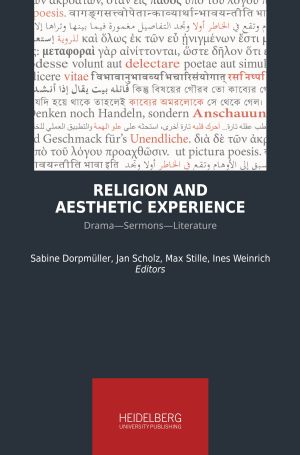Zitationsvorschlag
Lizenz (Kapitel)

Dieses Werk steht unter der Lizenz Creative Commons Namensnennung - Weitergabe unter gleichen Bedingungen 4.0 International.
Identifier (Buch)
Veröffentlicht
Rhetoric, Hybridity, and Performance in Medieval Arabic-Islamic Devotional Poetry: Al-Kāfiya al-Badīʿiyya of Ṣafī ad-Dīn al-Ḥillī
Abstract The premier work of Islamic devotional literature of the post-classical period is undoubtedly the Mantle Ode (Qaṣīdat al-Burda) of al-Būṣīrī (d. 694–696/1294–1297), which generated a vast body of derivative works composed in the hope of acquiring the blessing or baraka of the poem. Among these was the badīʿiyya, a praise poem to the Prophet Muḥammad (madīḥ nabawī) that is a contrafaction (muʿāraḍa) of al-Būṣīrī’s Burda in which each line exhibits a particular rhetorical device. The present paper offers a re-evaluation of the badīʿiyya as a hybrid devotional performance that combines the science of rhetoric—the essential element of the tenet of the miraculousness of the Qurʾān (iʿjāz al-Qurʾān)—with the art of praise poetry to the Prophet (madīḥ nabawī) as a reenactment of the miracle of the Qurʾān and of the baraka of al-Būṣīrī’s Burda. It takes as its main example Al-Kāfiya al-Badīʿiyya of Ṣafī ad-Dīn al-Ḥillī (d. 749 or 750/1348 or 1349) to examine the rhetoric and aesthetics of the badīʿiyya in light of contemporary ideas of performance and performativity.






